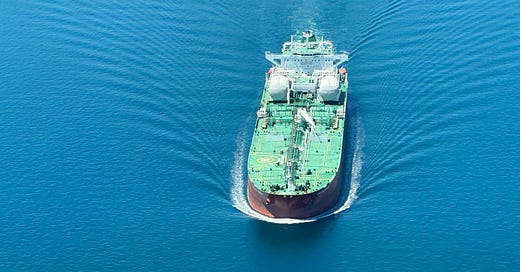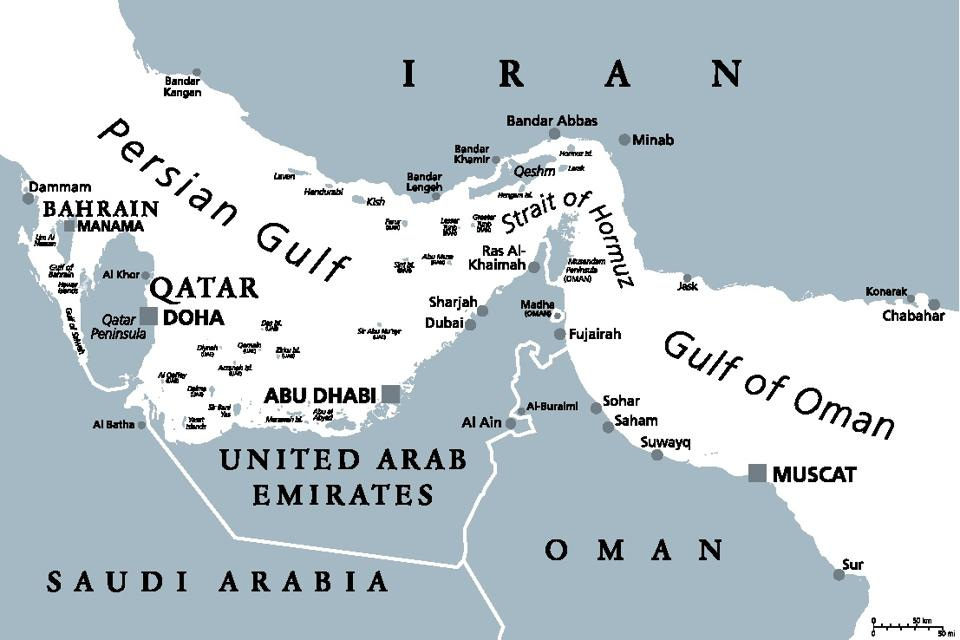Why does the Strait of Hormuz matter for sport?
Growing tensions in the Middle East show how significant geography has always been for the industry
We already know that geography is an important influence on sport.
For example, Austria and Switzerland have long been successful in winter sports, fundamentally because their physical geography resulted in them having mountains and lots of snow.
Meanwhile, the human geography of Glasgow has resulted in a sectarian divide that continues to underpin the fandom exhibited by some Catholics and Protestants in the city.
Geography matters which recent events in the Gulf are emphasising.
Following the United States’ recent bombing of Iran, analysts are predicting that the latter may close the Strait of Hormuz.
The Strait links the Persian/Arabian Gulf and the Gulf of Oman (its location is shown in the map below).
It is one of the most important sea routes in the world, through which one third of global liquified natural gas and up to 25% of oil supplies are transported.
For countries including Saudi Arabia, Qatar, the United Arab Emirates, and Bahrain (all of which not only supply oil and gas through the Strait, but also host US military bases), closure of the Strait would be a significant development.
The Strait of Hormuz has never been fully closed before, despite repeated threats, primarily from Iran.
While there have been instances of attacks on shipping, seizures of vessels, and heightened tensions that have caused disruptions or increased caution, a complete and sustained closure has not occurred.
However, if Iranian imposed closure was to be imminent, it would affect the oil and gas revenues being generated by the likes of Saudi Arabia, at a time when it and others are investing heavily in sport.
The dichotomy for these countries is that they are trying to use these revenues to diversify their economies away from carbon fuel dependency, by spending on sport among other things.
Any negative impact on these revenue streams at this point might lead to cuts in government expenditure on sport.
Meantime, in a region that has fast become one of the most important sport event destinations in the world, an escalation in military action would pose serious risks.
In 2022, at the F1 Grand Prix in Saudi, such an episode occurred.
Restrictions on oil and gas movement through the Straits of Hormuz would raise their prices, which would feed into higher prices of other goods, at a time when there are already concerns about the cost of sport, for instance in football.
What may seem like simple matters of geography, even when they are thousands of miles away, may seem inconsequential for sport.
Yet geography has always shaped sport and continues to do, perhaps more than ever before in this era of conflict and globalisation.
Footnote
We address the issue of geography in our book ‘The Geopolitical Economy of Sport - Power, Politics, Money and the State’.





